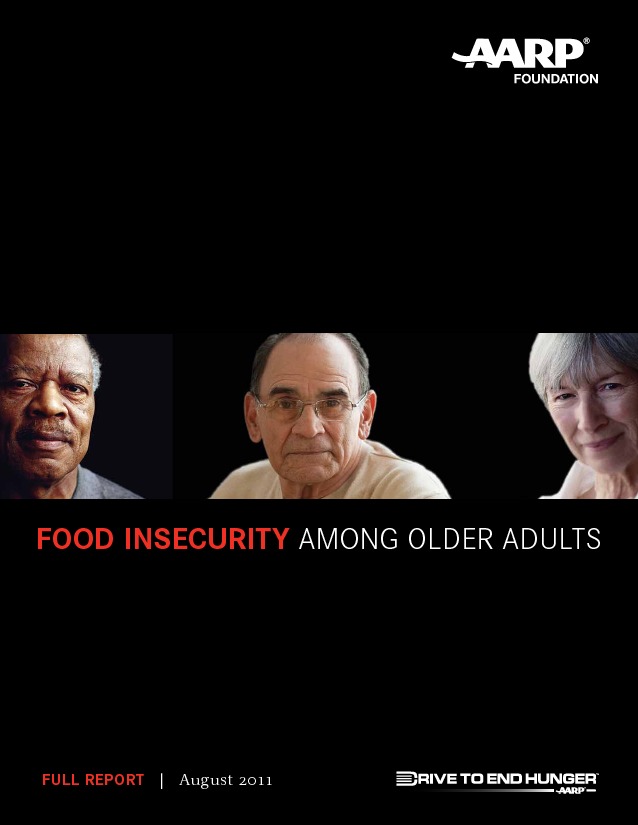Reducing hunger risk among older Americans requires a concerted policy effort that is informed by rigorous research on the extent, causes, and consequences of food insecurity. In this report we provide a comprehensive portrait of the causes and consequences of food insecurity among adults age 50-59 in comparison to those in their 40s and those 60 and older. We emphasize the 50-59 age cohort in part because they do not have access to an age-specific safety net like older Americans (or some younger ones), take-up rates in food assistance programs such as the Supplemental Nutrition Assistance Program (SNAP, formerly known as the Food Stamp Program) are low, and the scaring effects of job loss can be more severe. We complement our age-specific analyses by examining the full samples of adults age 40 and older, those adults age 50 and older, and the subsamples with family incomes below 200% and below 300% of the poverty line.
Research
SeniorsPDF Thumbnail
